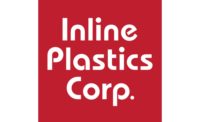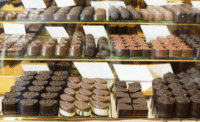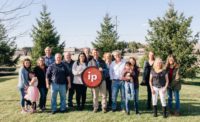With an eye on the future, a proven track record of state-of-the-art food packaging, and a commitment to maintaining their role as the pioneer in innovative packaging technologies, Inline Plastics has announced the completion of a total facility renovation to its newly named Innovation Center in Milford, CT.
After more than a year of planning, design, and construction, one of the original Inline Plastics buildings on Seemans Lane in Milford has been completely upgraded and rebuilt to house a high-tech corporate Research & Development (R&D) facility. This new Innovation Center is dedicated to the research, development and engineering of food packaging solutions that meet and exceed customer and consumer expectations.
"The Inline Plastics RD&E team is constantly developing new ideas and products that transform how food products are packaged and marketed to consumers," explained Steve Introne, director of RD&E and Corporate Quality. "This new Innovation Center was strategically designed to not only foster that creativity, but increase the efficiency and effectiveness of our new product development processes. This enables us to quickly get new ideas and products into the hands of our customers."
The company hosted a launch event at the Innovation Center yesterday. Inline Plastics President and Owner Tom Orkisz was joined by the entire senior leadership team for a ribbon-cutting and tour of the upgraded facility.
"Our investment in building the Innovation Center showcases our commitment to excellence and continuous improvement to our product lines," said Orkisz. "This Innovation Center is the home of a high-performance team that can capitalize on the tools and environment that inspire creative thinking, promote collaboration, and streamline communication in the research, development and engineering of the next generation of Inline Plastics' products."
In addition to the structural and building renovations which included adding a technical library and upgraded quality lab, the company also invested in new R&D equipment consisting of rapid prototyping (RP), state-of-the-art sample size and full-size market-testing Thermoforming machines which are used in the design, development, and testing of new products before mass production. Individual and group workspaces were laid out in a cross-functional format and integrated with smart technologies to improve collaboration and information sharing.
Every aspect of the rebuilt and redesigned facility was strategically considered to maximize the quality and reliability of new products, as well as deliver them to customers in an efficient and timely manner.







